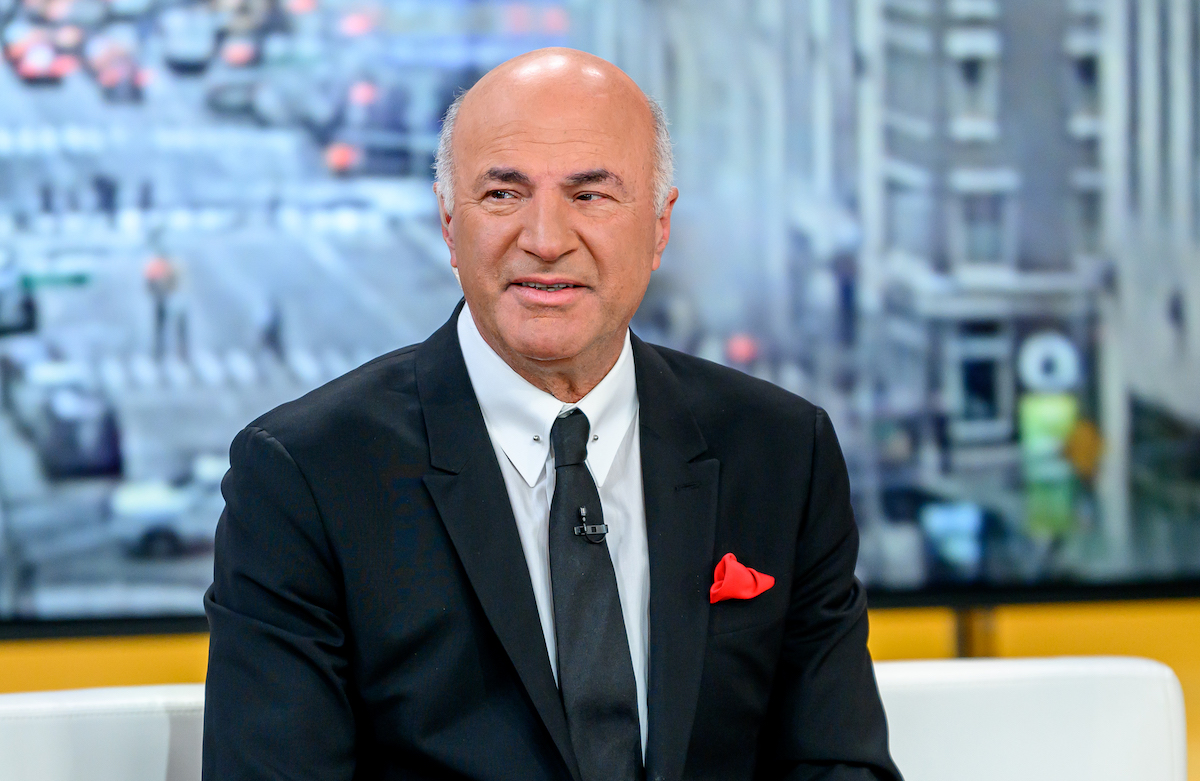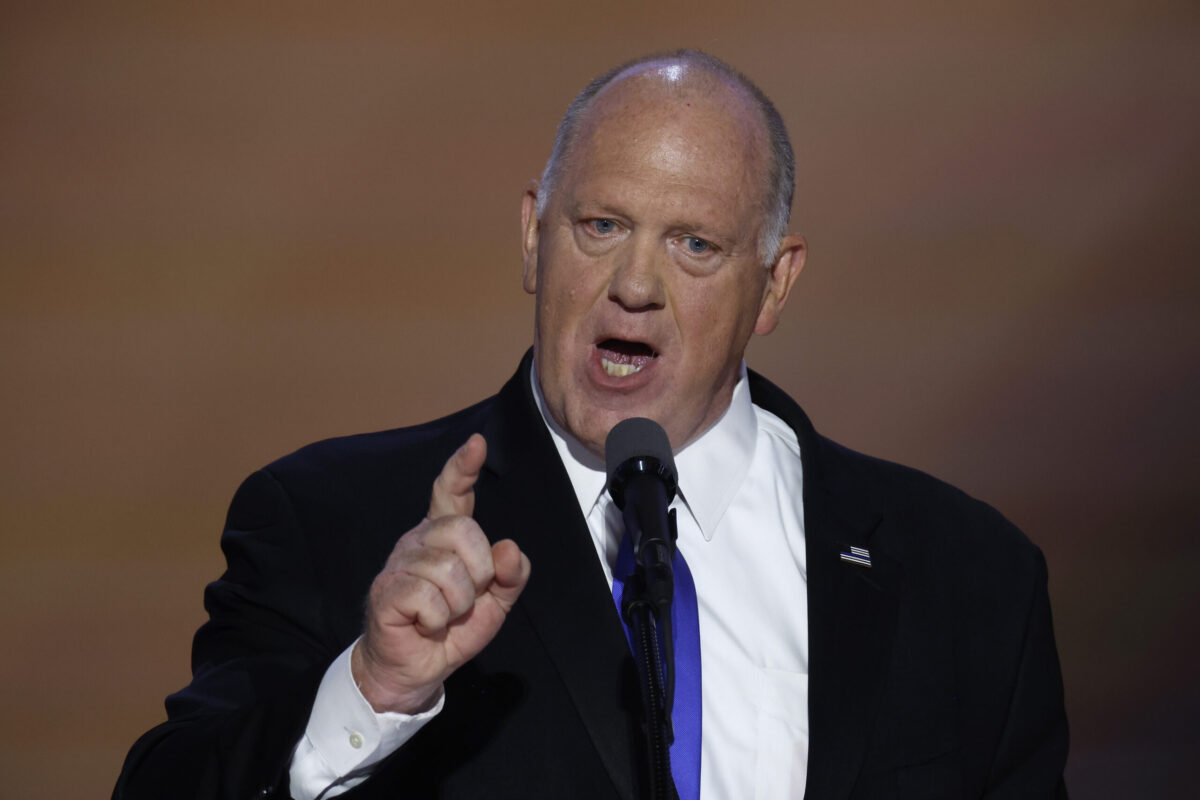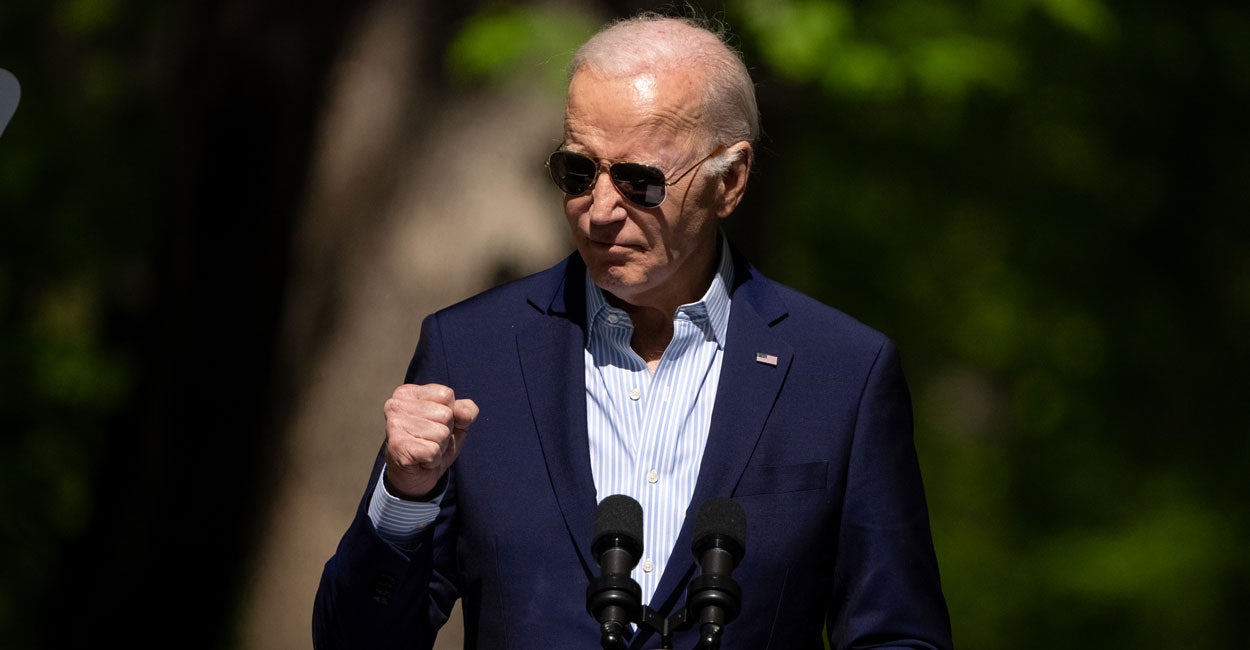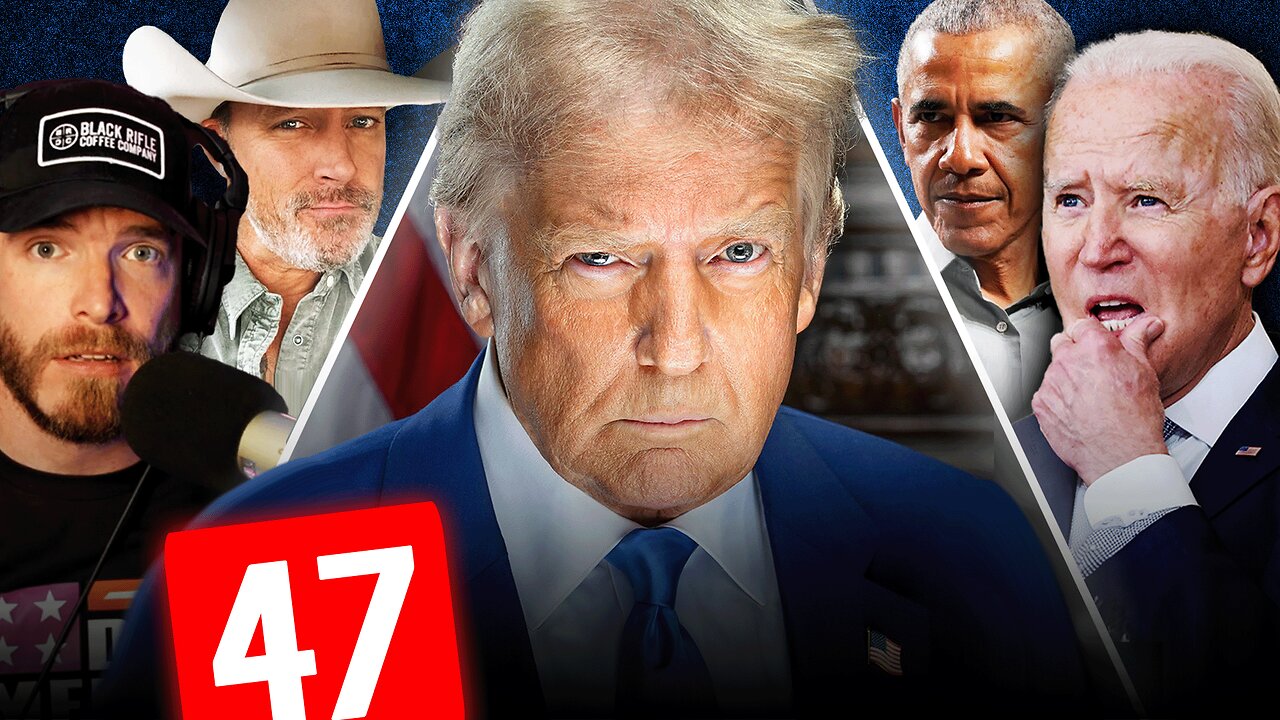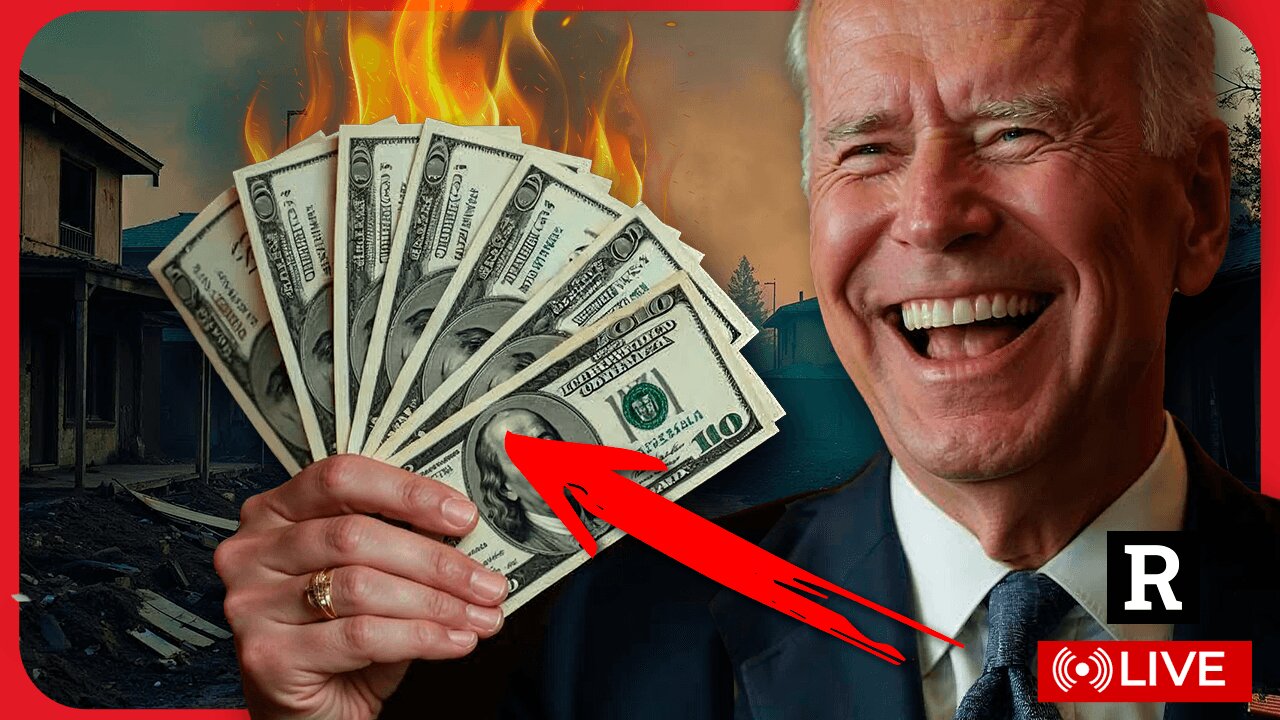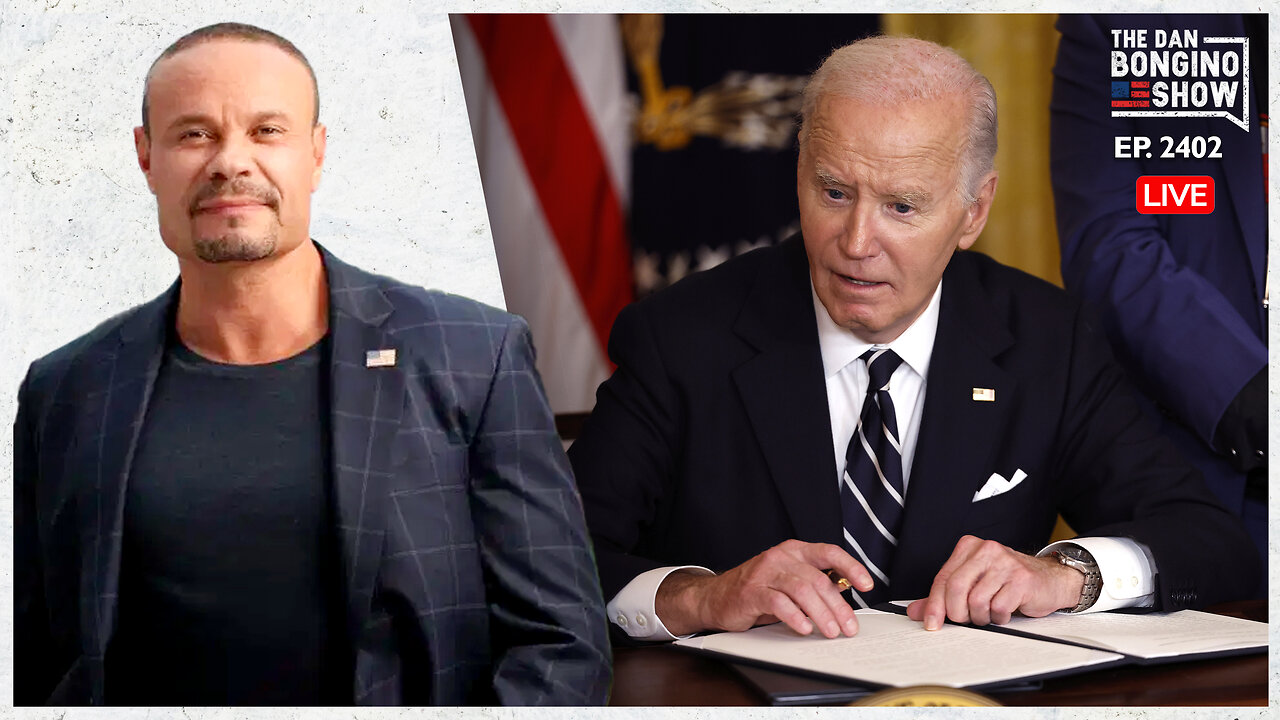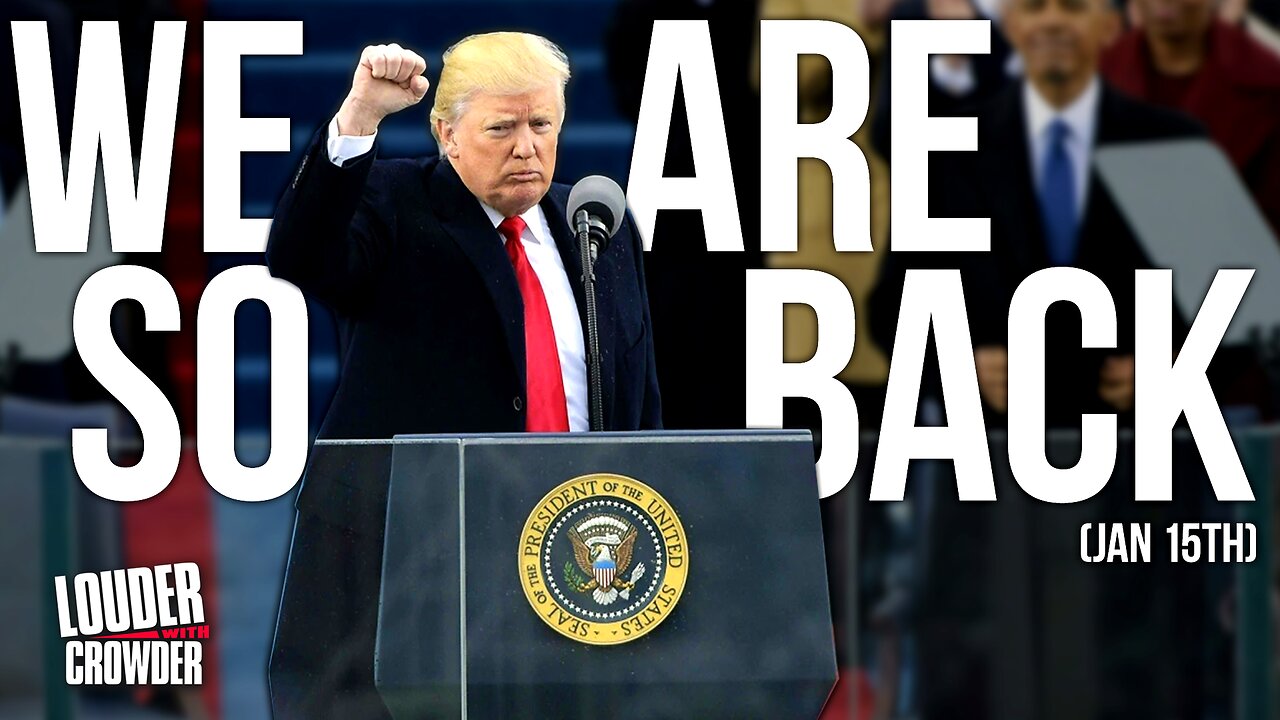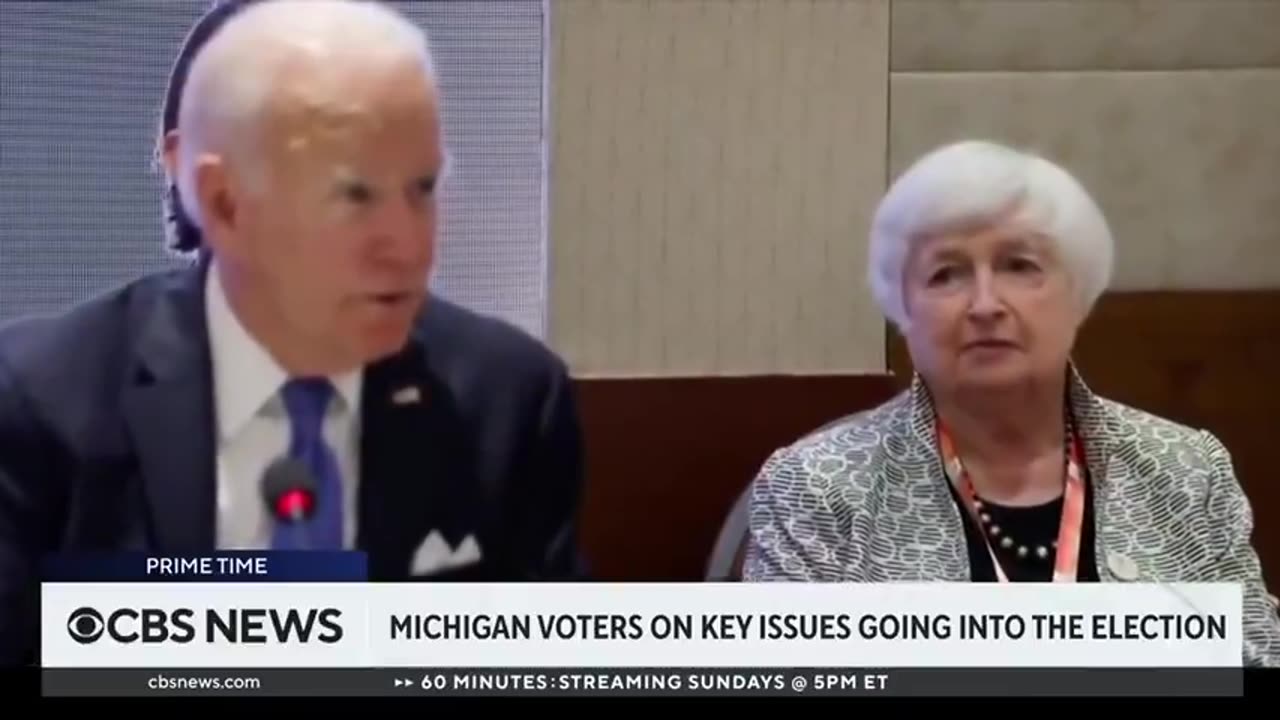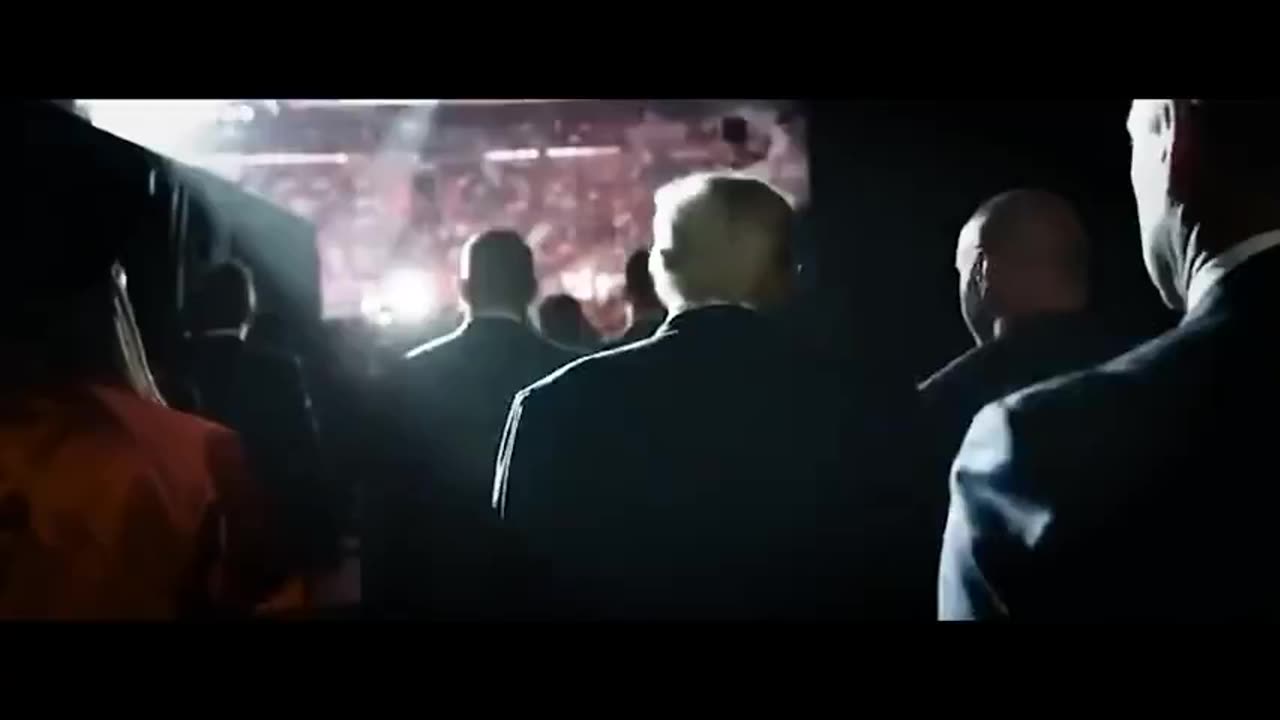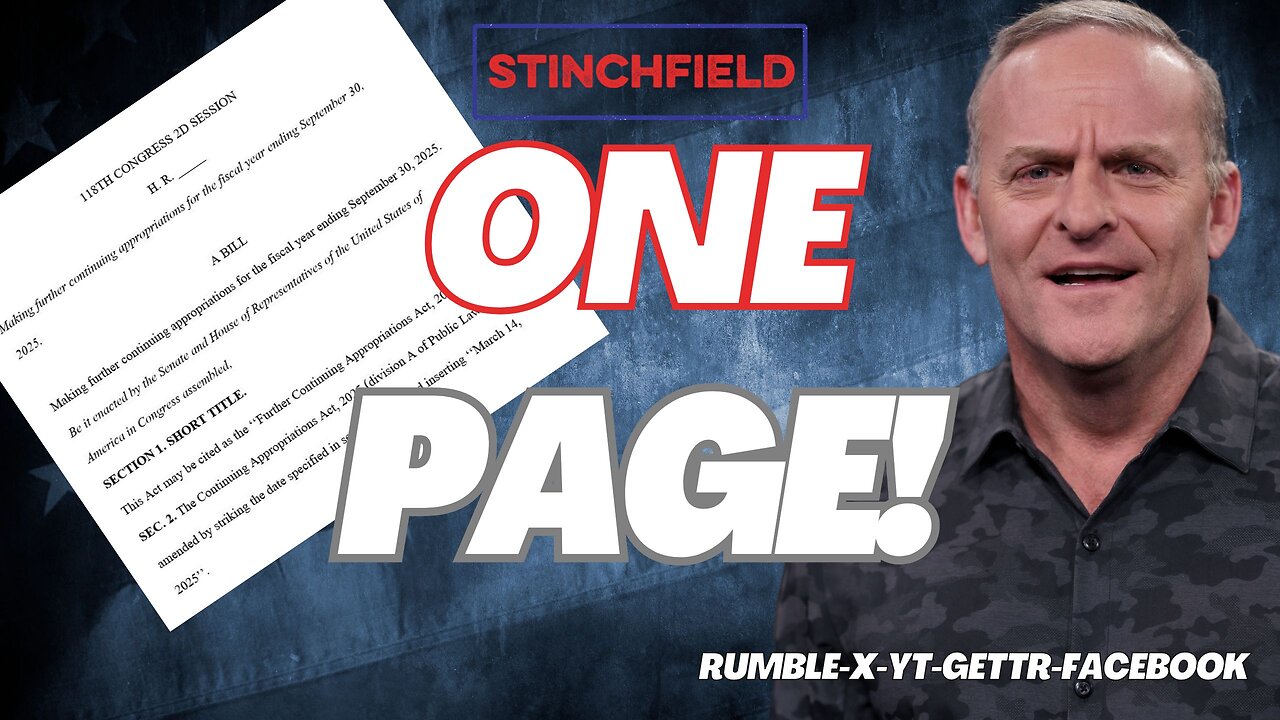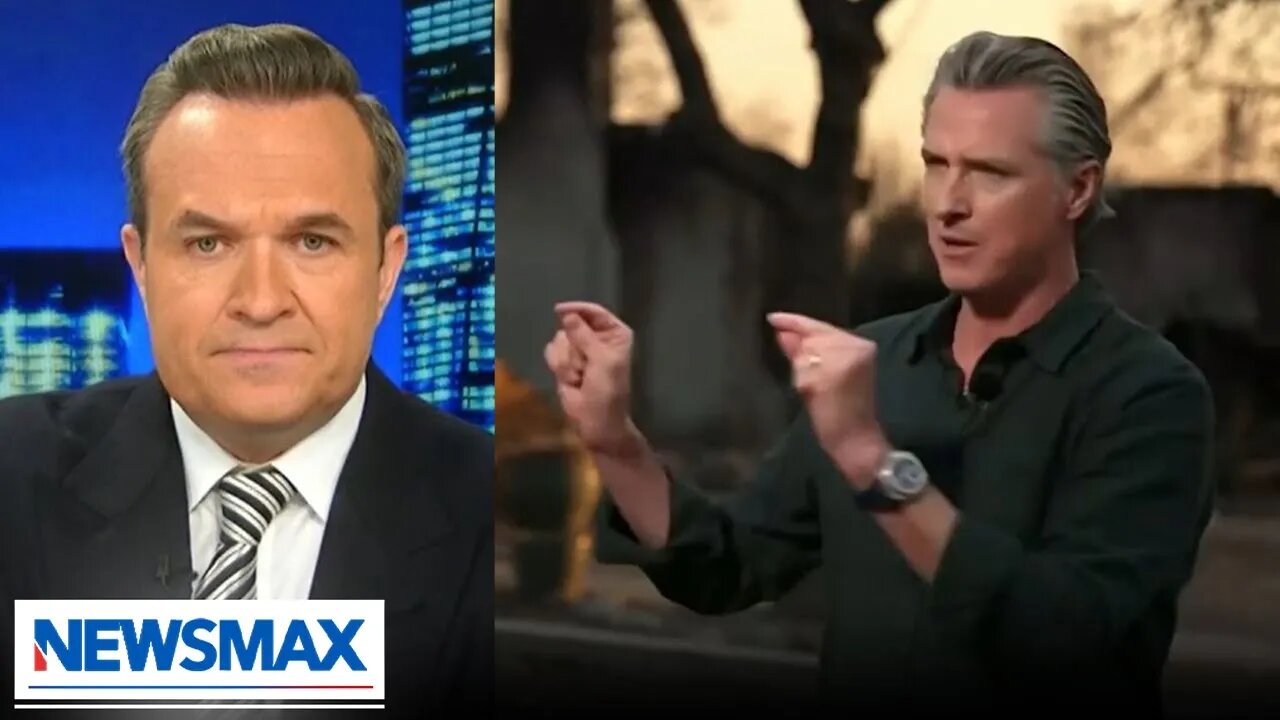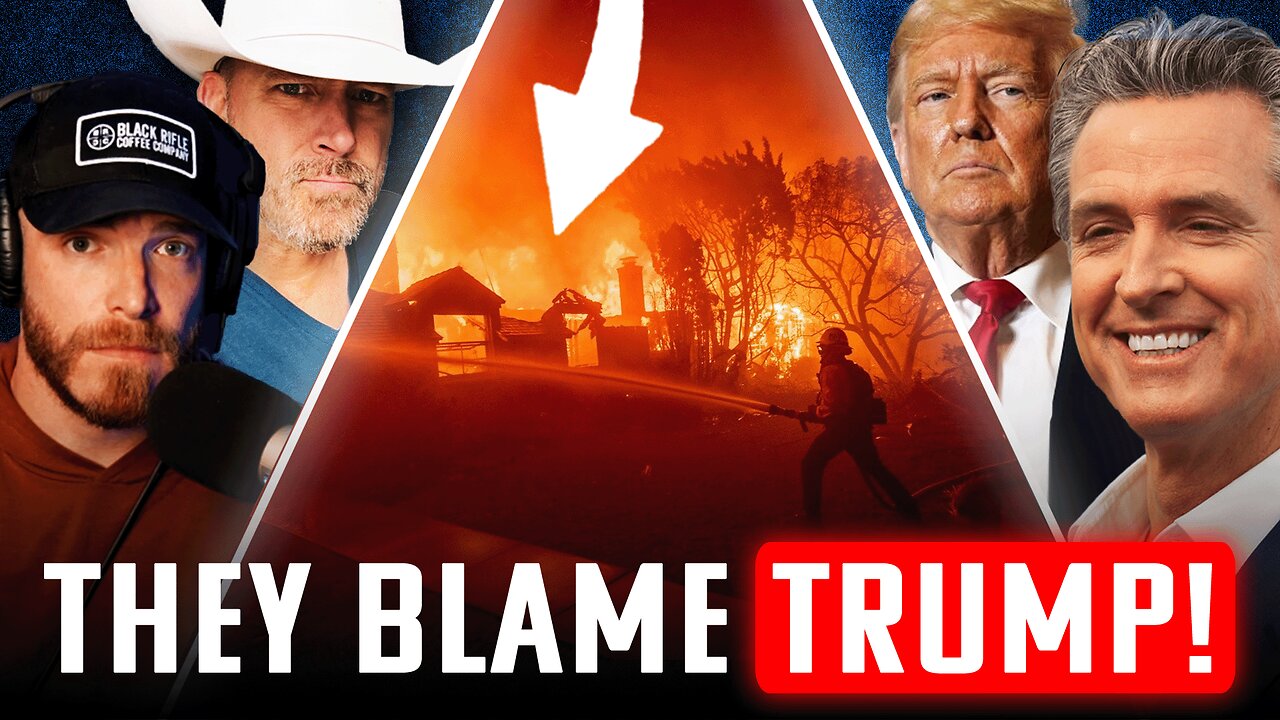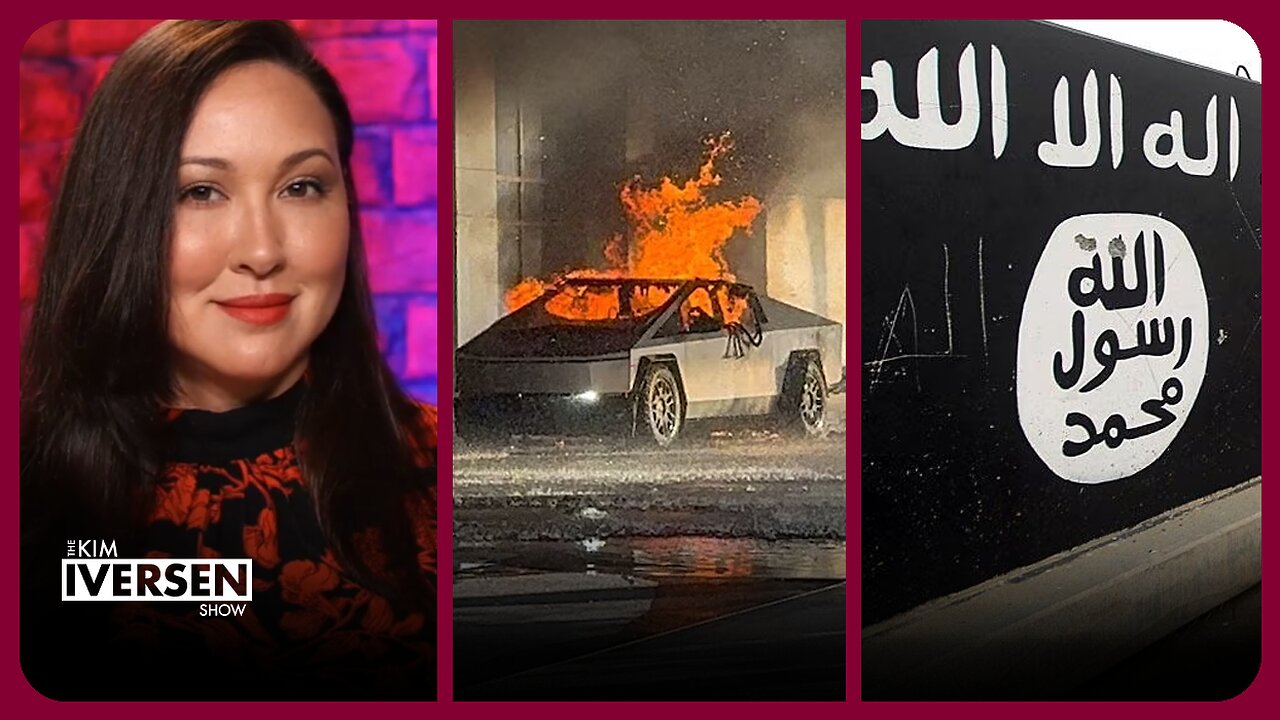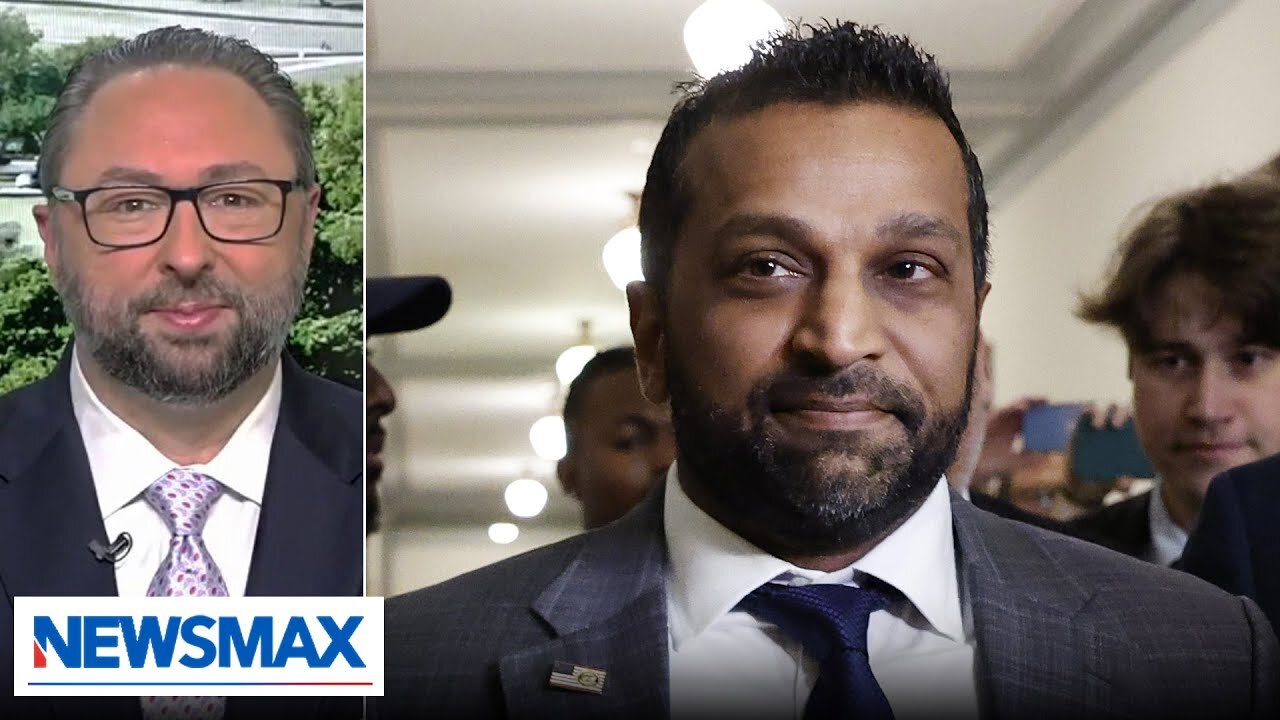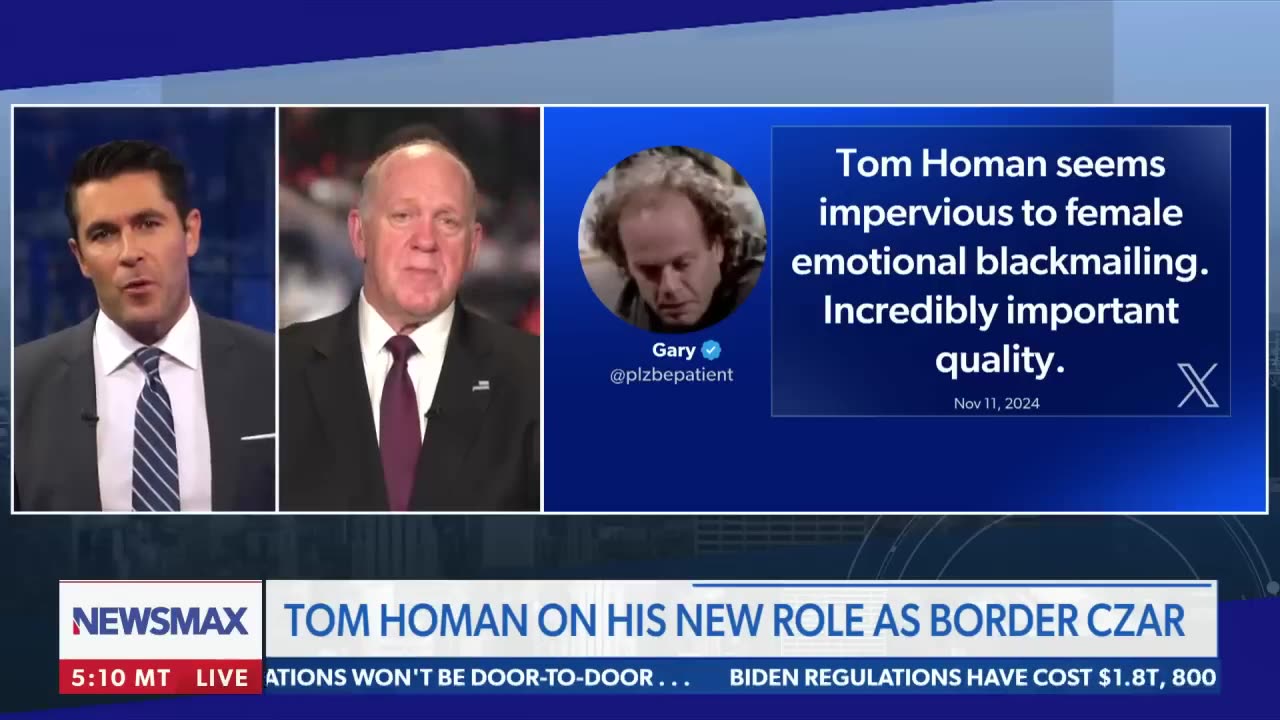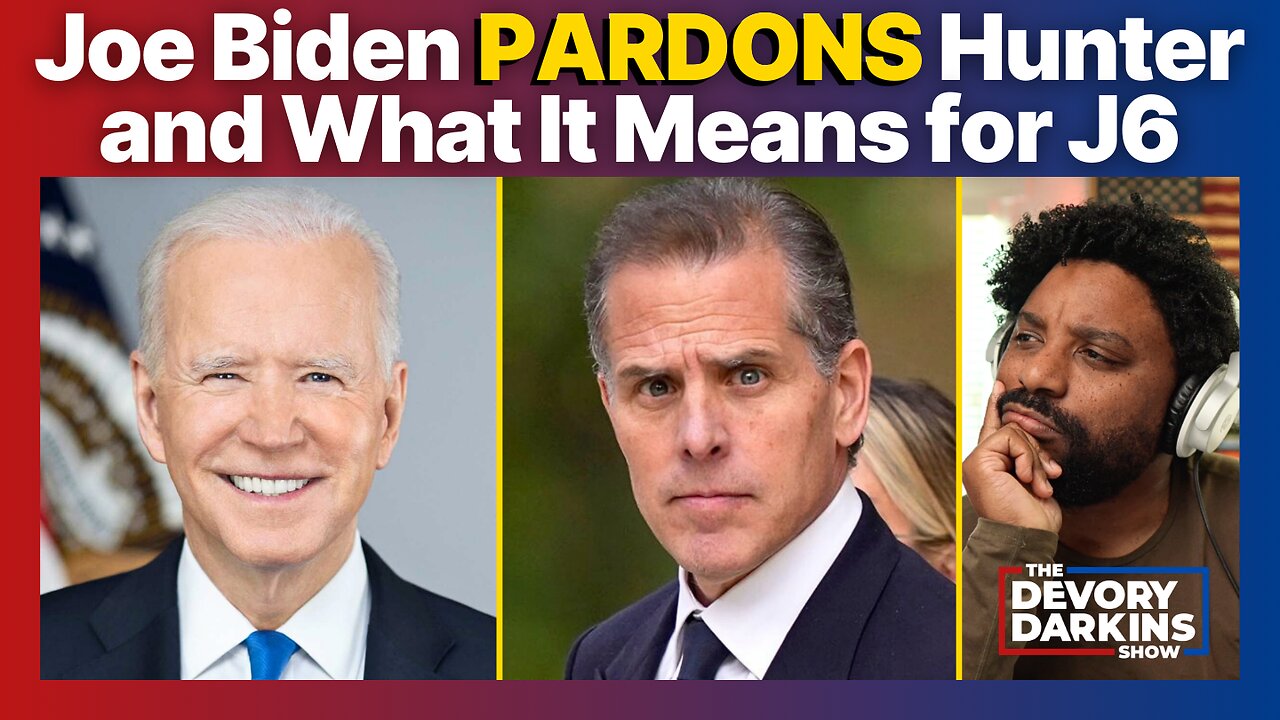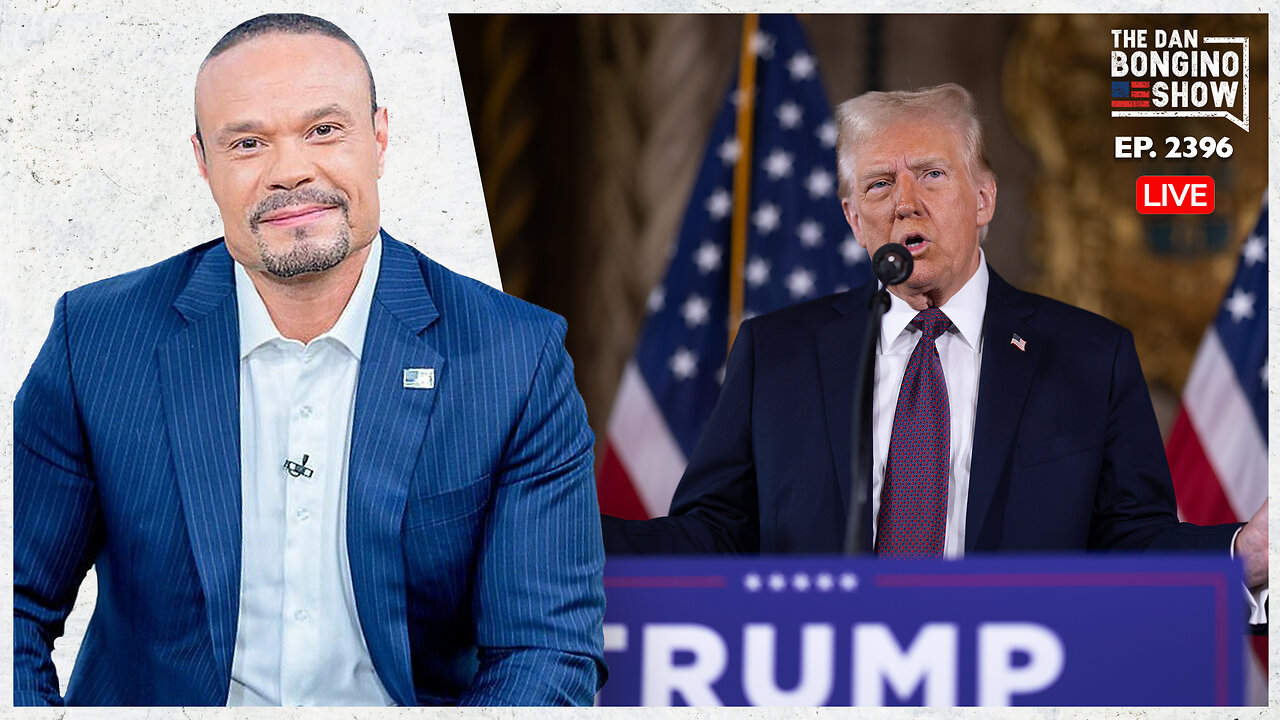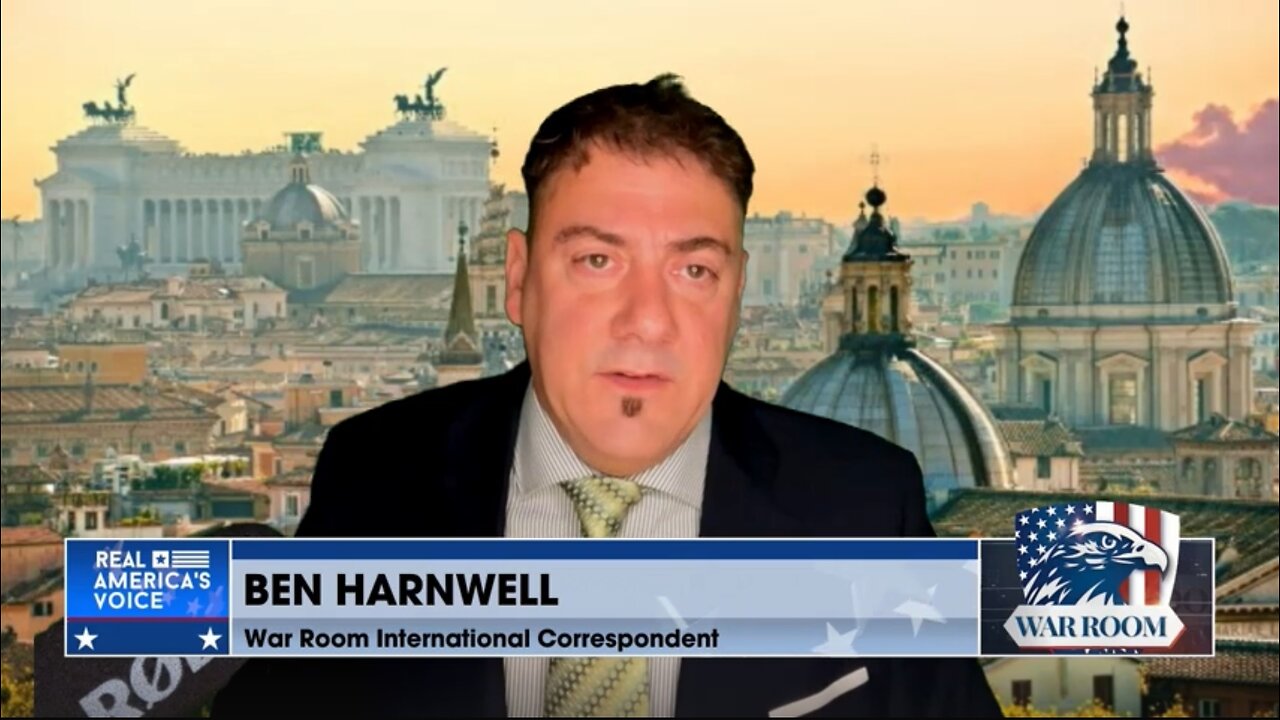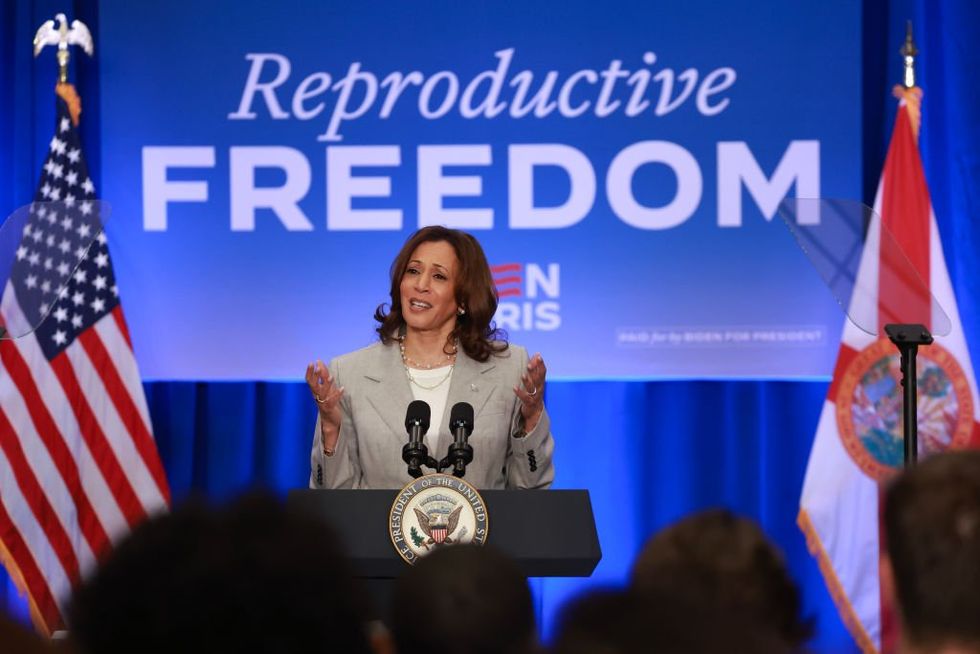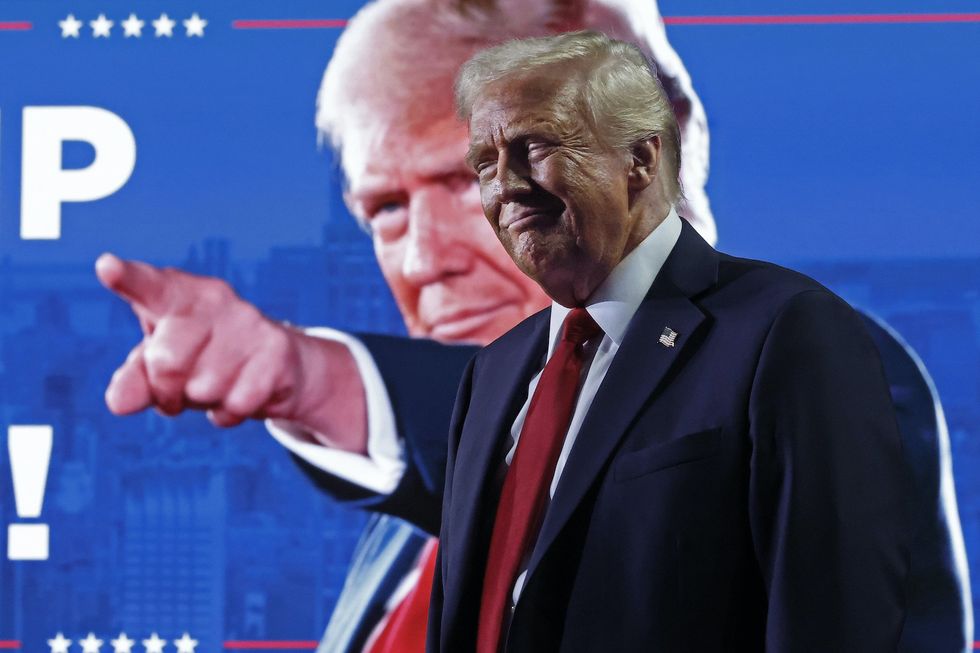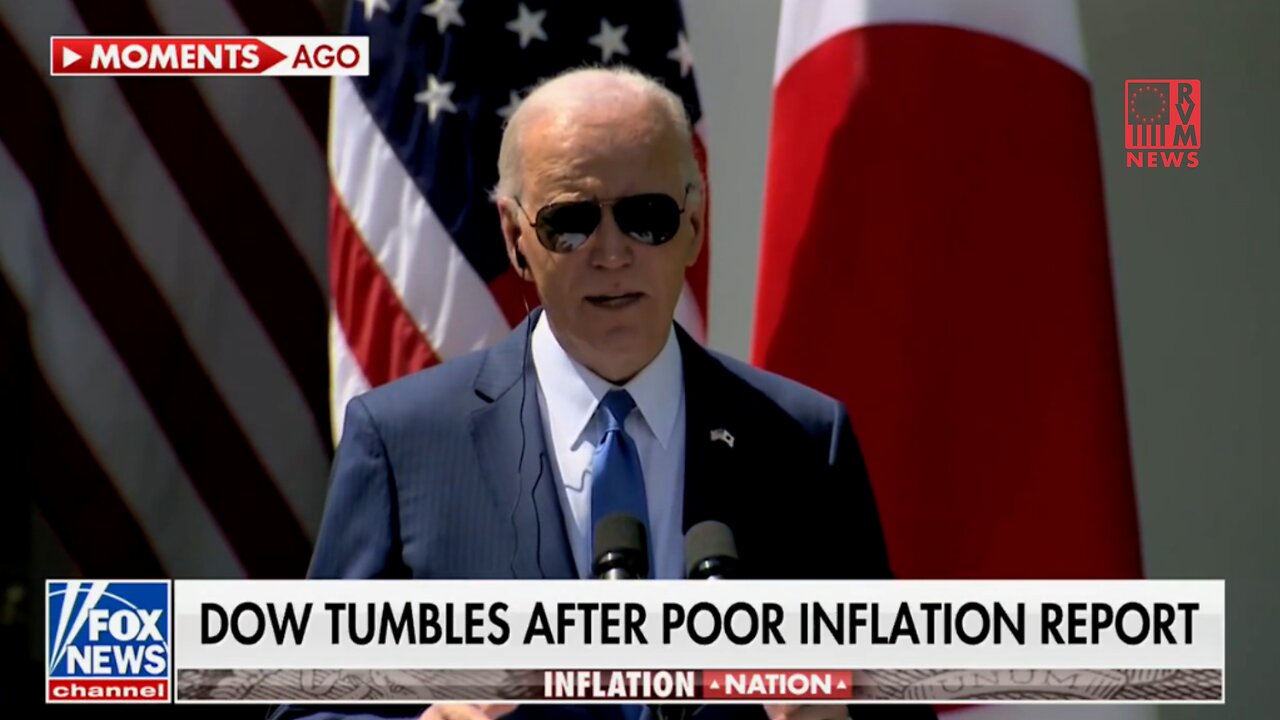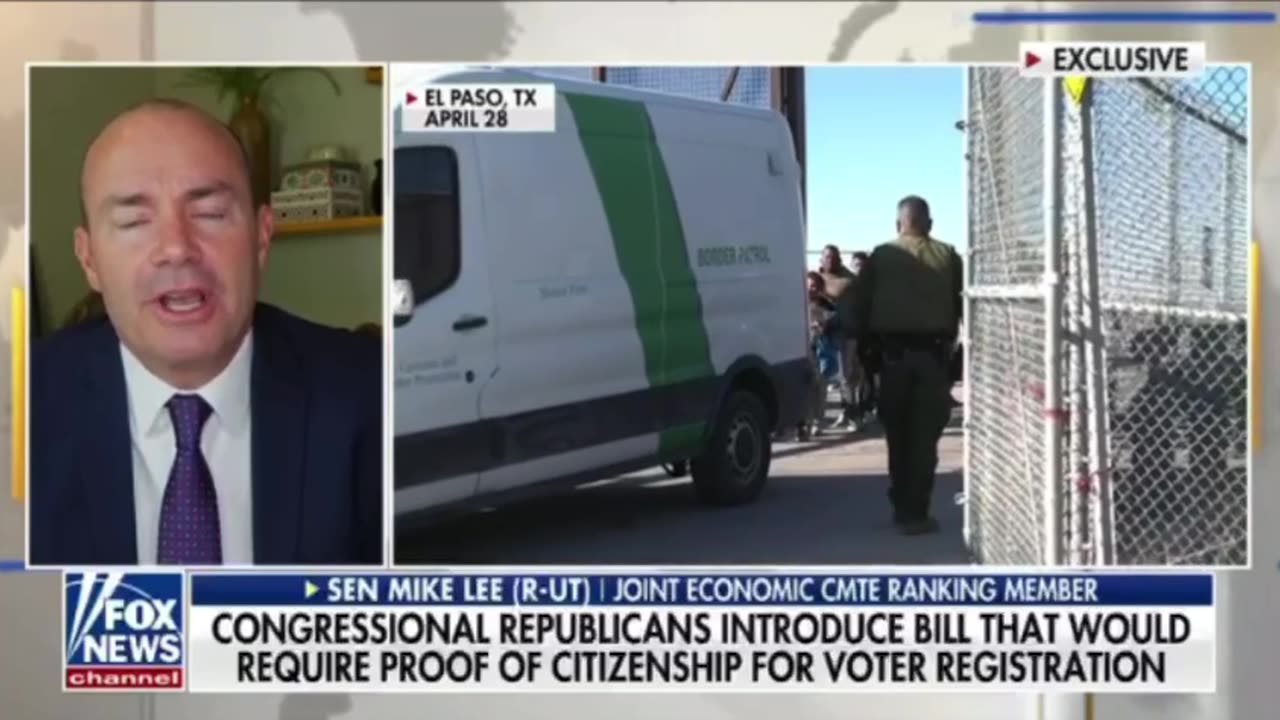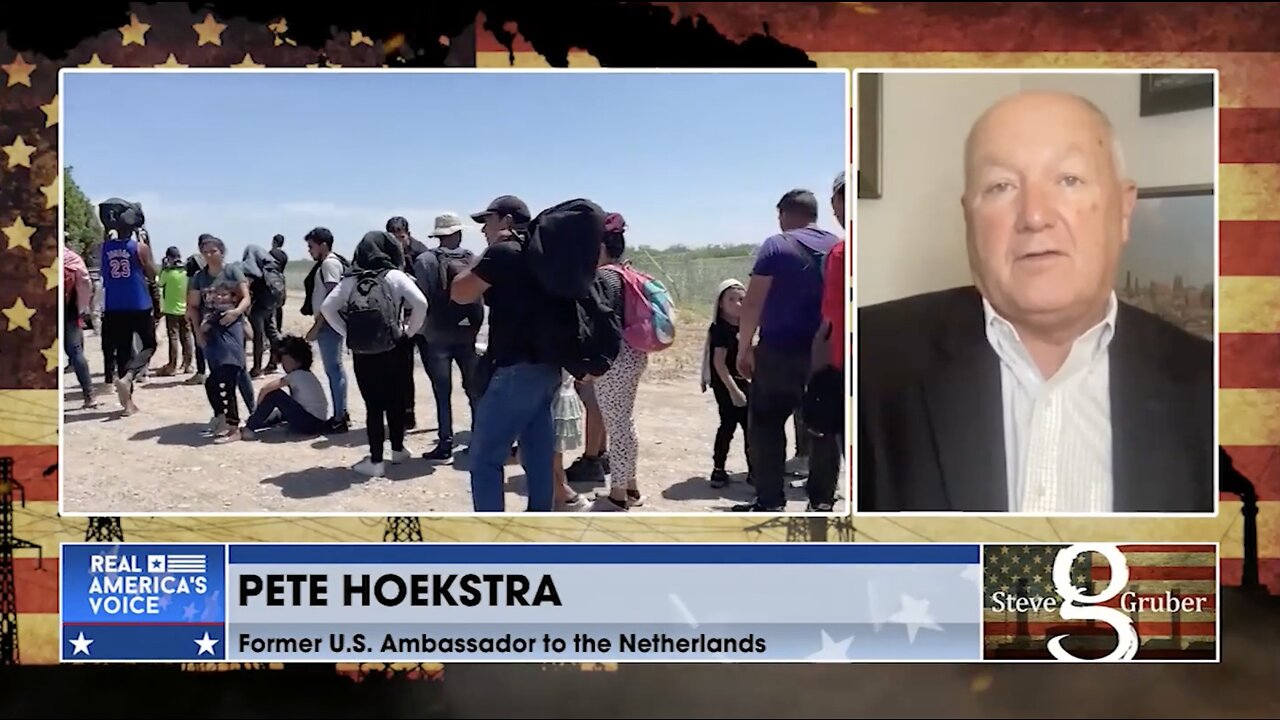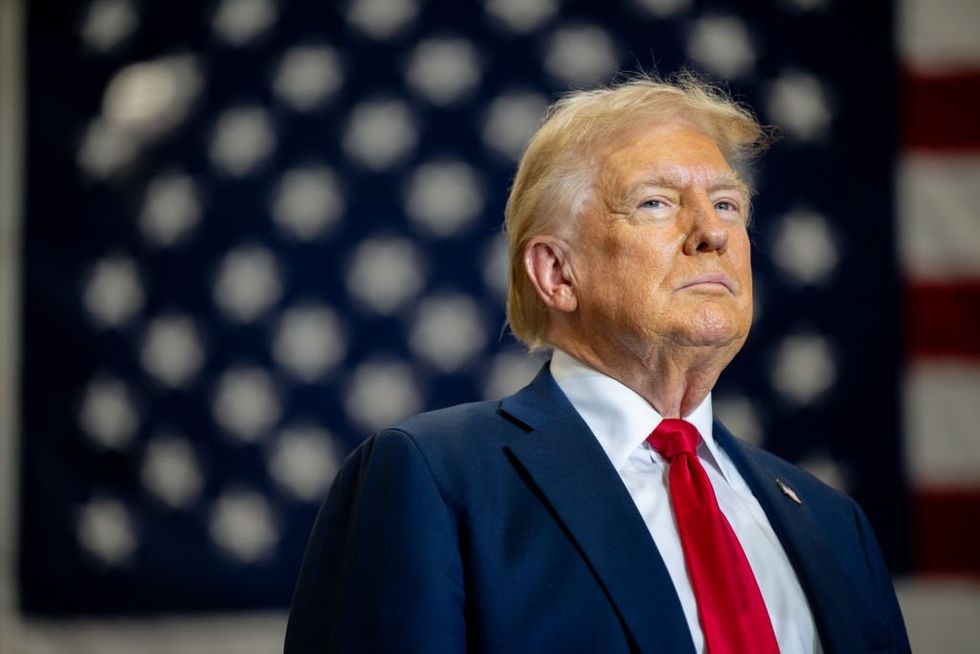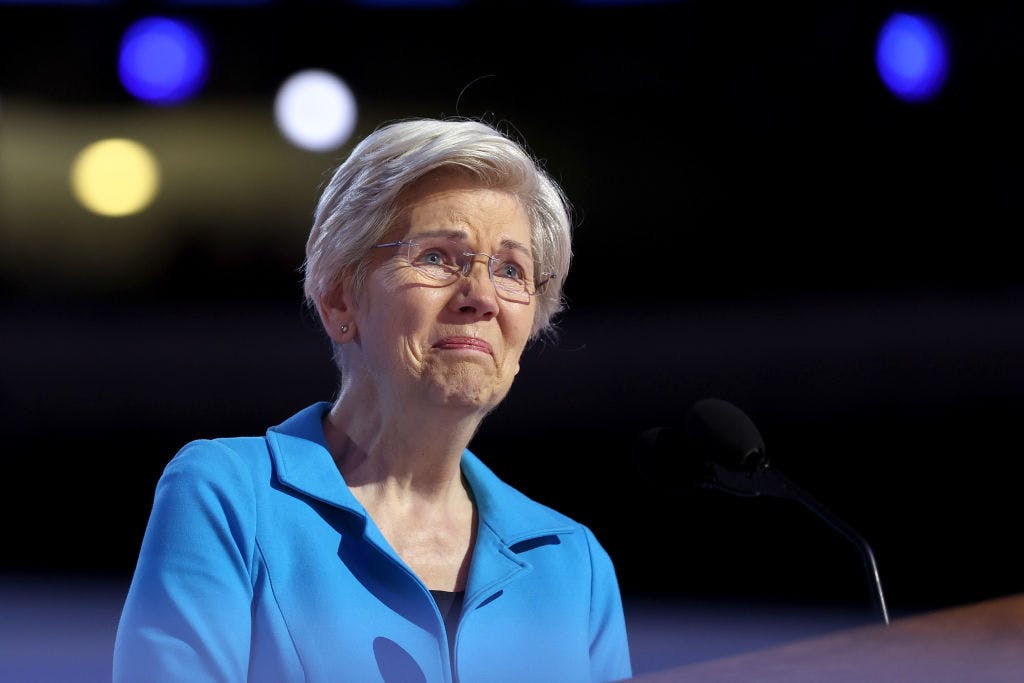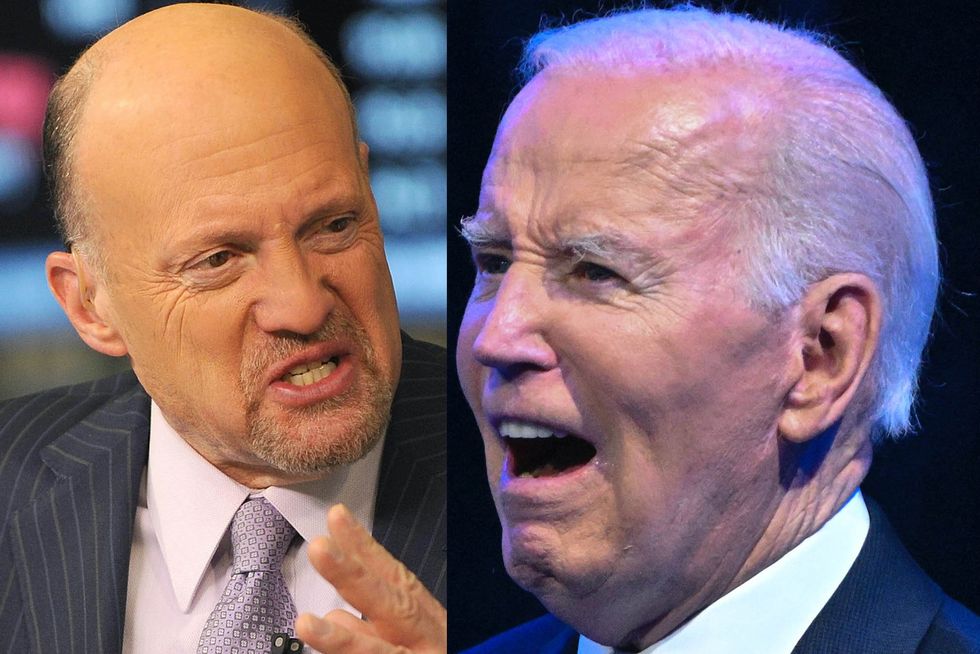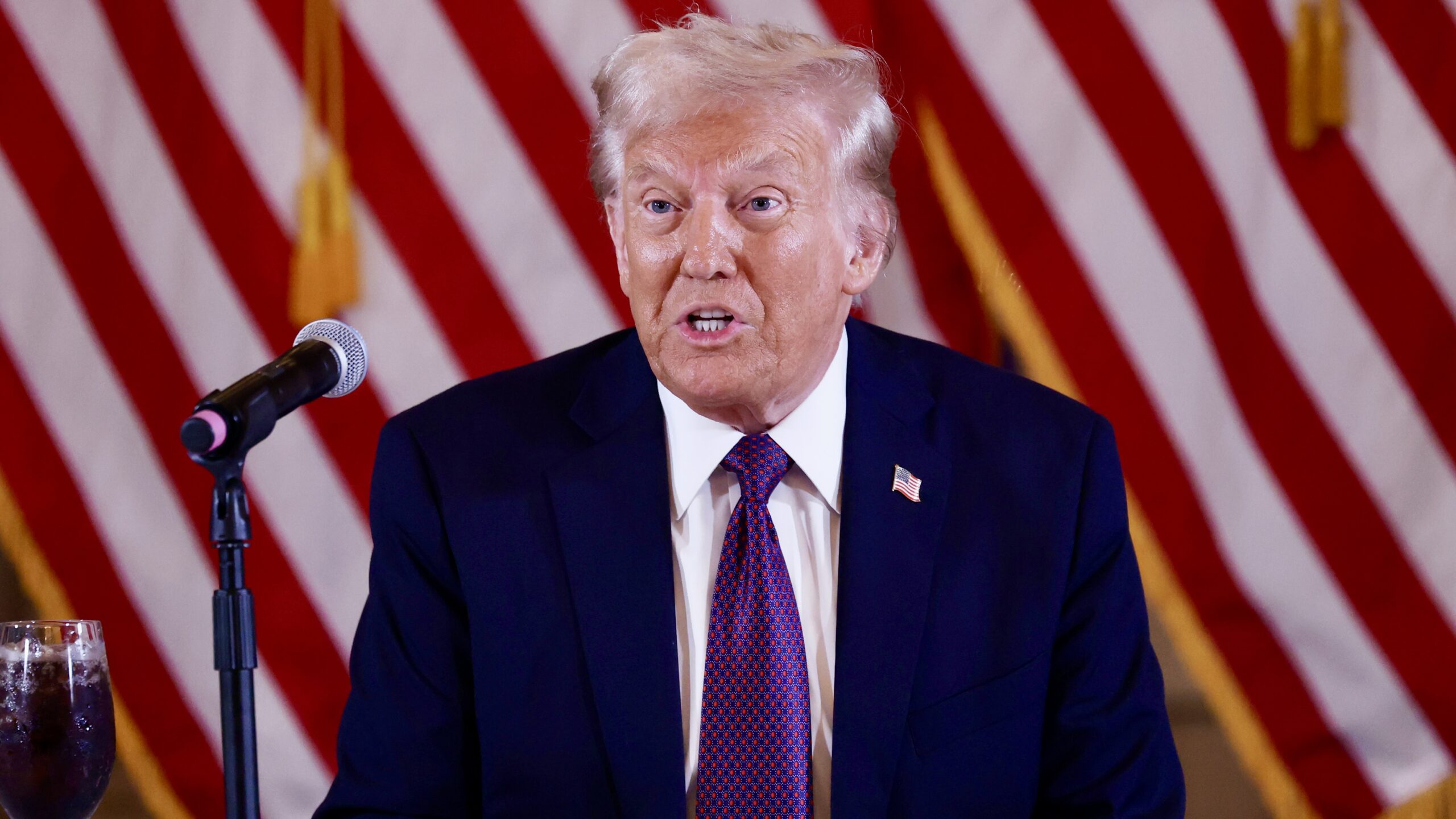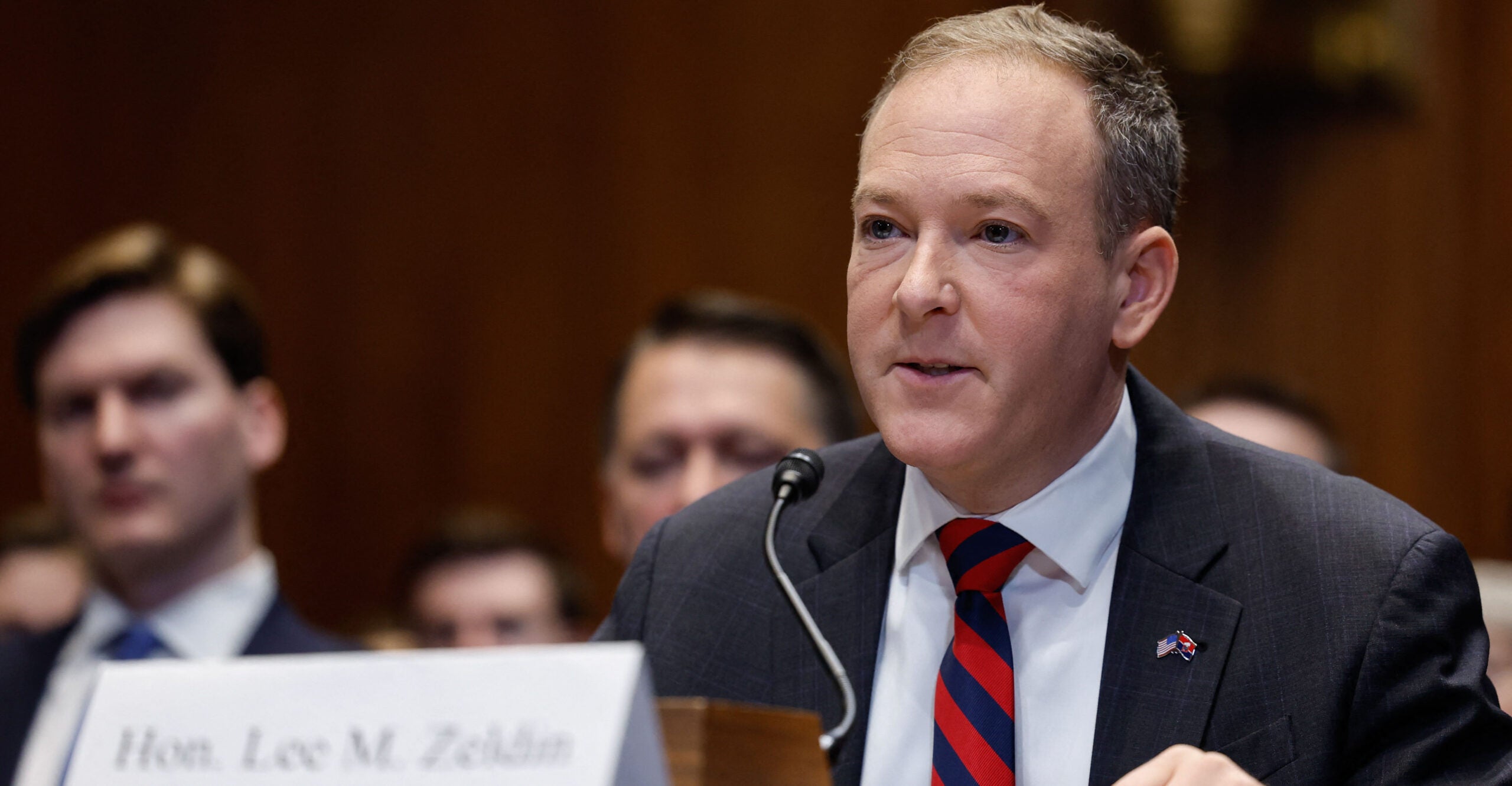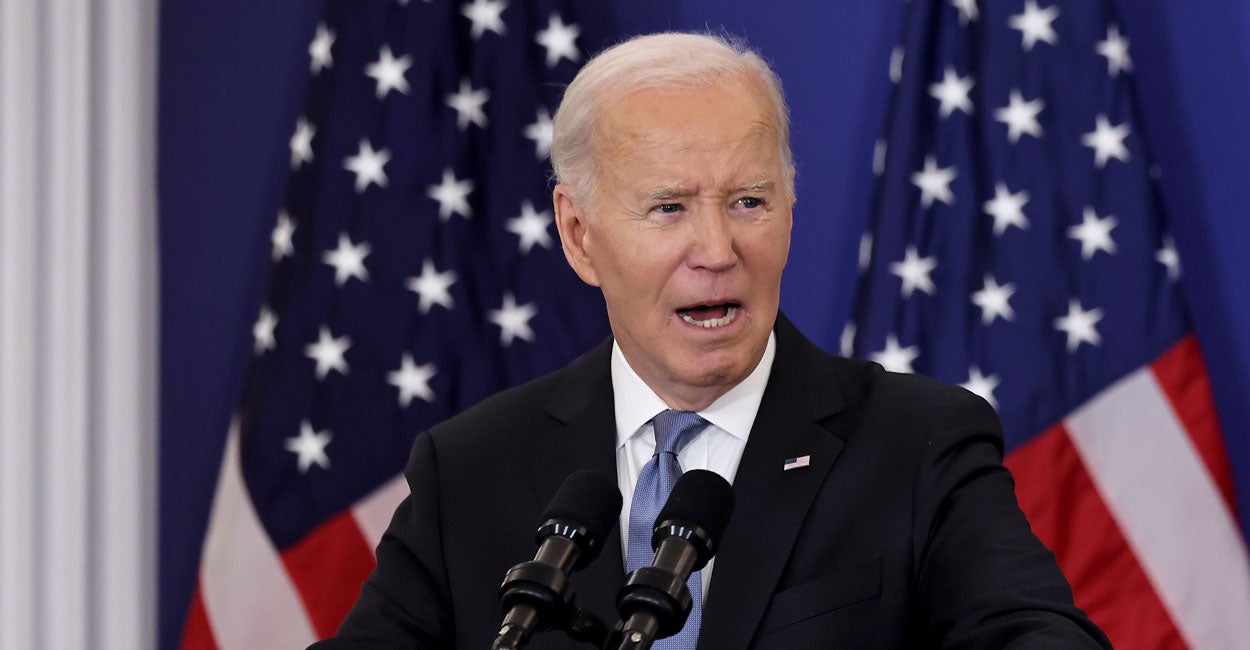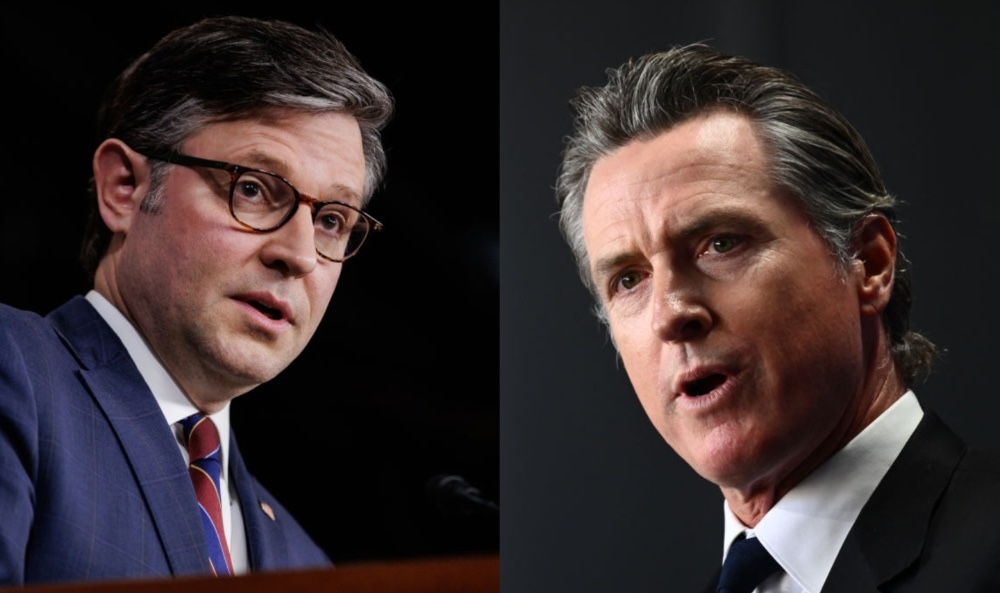Voters’ choice in 2024: A government that appeases terrorists, or one that took out top Tehran general
'Has the long record of Iranian terrorism left any serious observer doubting the mullahs' intentions toward the West, Israel, and the United States?'



On November 4, 1979, Iranian students among other Islamic (Shia) revolutionaries attacked and took over the U.S. Embassy at Tehran, taking fifty-plus American hostages. Thus began an unforgettable, 444-day ordeal not only for the hostages and their families, but for the United States as well. As then-White House chief of staff, Hamilton Jordan, described: “There were two White Houses,” he recalled, “one working on the hostages, the other working on everything else.”
Part of “everything else” concerned the status of Iranian students sent to the United States under the Shah’s regime. When the hostages were taken, the Iranian cadets at the Virginia Military Institute – they had expected upon graduation to serve in Iran’s military – feared, initially, not only for their families at home but also for their own future. Thankfully, the State Department permitted the Iranians in VMI’s senior class to graduate in 1980. All seven enjoyed successful careers in engineering or government service; one rose to the senior executive ranks in the U.S. federal civil service.
By the late 1970s, the pro-Western but authoritarian Shah (king) of Iran, Mohammad Reza Pahlavi, had grown increasingly repressive and deeply unpopular at home. In the face of an Islamic revolution in Iran inspired by the exiled, leading Shia scholar, the Ayatollah Ruhollah Khomeini, the Shah departed Iran in January 1979 – but he did not abdicate the throne. In February, Khomeini returned home in triumph and was named the first Supreme Leader of Iran. When the Shah’s serious illness became known, advisors warned President Jimmy Carter’s administration that to allow the ailing Shah into the United States for cancer treatment might lead to significant consequences within Iran. A true humanitarian, Carter did so in October.
Within weeks, consequences followed. Decades later, the United States – and its closest ally in the region, Israel – continue to deal with the aftermath.
In the days after the embassy takeover, the Pentagon cobbled together an ad hoc joint task force to plan and, if necessary, execute an attempted hostage rescue. Perhaps unwisely, all the Services secured a piece of the action. In any case, the plan that emerged was extraordinarily complex, the Services lacked true jointness, and for a host of reasons the rescue attempt in April 1980 fell short. Eight brave Americans – five Airmen, three Marines – died at the remote landing zone called Desert One. The proverbial silver lining was this: in the aftermath of the tragic failure, a movement began in certain offices in Washington toward establishing a joint capability that culminated in the creation of the U.S. Special Operations Command in 1987.
But in terms of dealing with Tehran, the U.S. government has struggled to maintain a rational policy toward a regime that has sponsored and funded countless acts of terror against Westerners, Israelis, and Americans. Most important, in 1984 the U.S. State Department designated Iran a state sponsor of terrorism. It remains on that list today, along with Syria, North Korea, and Cuba.
During the presidencies of Hashemi Rafsanjani (1989-1997) and Muhammad Khatami (1997-2005), however, Iran sought to improve relations with the West and “to end revolutionary dogma as a policy instrument,” according to the University of Durham’s Professor Anoushiravan Ehteshami. But by the time the presidency transitioned from Khatami to Mahmoud Ahmadinejad (2005-2013) – who had led student protests in 1978-1979 – “Tehran had buried dialogue” and returned to “‘we will do what we want and there is nothing that anybody can do about it.’” In 2006, the George W. Bush administration labeled Iran as the nation’s leading threat from a single country.
Policy problems have been more noticeable since 2015 when six major nations including the United States, plus the European Union, granted Iran access to frozen assets of “around $50 billion,” according to U.S. Treasury acting Under Secretary (for Terrorism and Financial Intelligence) Adam Szubin’s written testimony. Through the Joint Comprehensive Plan of Action, Tehran accessed a whole lotta dough, which was supposedly to ensure “Iran’s nuclear program will be exclusively peaceful.” How could any serious Western leader put stock in such silliness?
In mid-2016, the Obama administration acknowledged its transfer of $1.7B to Iran months earlier – in cash – and non-U.S. currency. In what formerly was considered ransom, an initial $400 million was sent the same day Tehran agreed to free four American prisoners. The remaining $1.3B represented the estimated interest on the Iranian cash the United States had held for decades.
In an April 2018 hearing held before a U.S. House of Representatives Homeland Security subcommittee, Rep. Peter T. King of New York led off with these remarks:
The Iranian revolution, which started in 1979, has been disastrous for the region, for the world, and particularly a significant threat to the United States. …
Iranian external operations, including support for proxy terrorists and Shia militia groups have played a central role in supporting this designation. These groups have destabilized other countries, directly threatened Israel, undermined democracy, and escalated tensions through campaigns of terror.
These militia groups pose a direct threat to the homeland and U.S. interests abroad.
In May, then-President Trump withdrew from the agreement that provided Iran the access to the previously frozen funds.
In January 2020 – days after Iranian General Qassem Soleimani was killed in a U.S. drone strike – The Hill referenced a former senior intelligence official who said much of the $1.7B cash payoff from the Obama administration was used explicitly to fund terrorism. Former U.S. Rep. Ed Royce (R-Calif.), the House Foreign Affairs Committee chair at the time, said, “Sending the world’s leading state sponsor of terror pallets of untraceable cash . . . only puts bigger targets on the backs of Americans.”
Given the irrefutability of statements by Szubin, King, Royce, and others, why has the Biden-Harris administration mimicked the earlier Obama policy of appeasement – albeit one involving fewer billions of dollars?
In November 2023, the House Foreign Affairs subcommittee chair (on Oversight and Accountability), Rep. Brian Mast (R-Fla.), stated that two months ago “President Biden agreed to hand over $6 BILLION as a part of a hostage deal with Tehran.” Later, the Biden-Harris administration allowed Iran access to an additional $10B through a sanctions waiver – only weeks after one of its proxies, a Shia militia group, killed three American Soldiers and wounded more than thirty other Service members in a drone attack in Jordan (Jan. 28, 2024).
We will say their names, those “who gave all”:
Staff Sergeant William J. Rivers, 46, of Carrollton, Ga.
Sergeant Kennedy L. Sanders, 24, of Waycross, Ga.
Sergeant Breonna A. Moffett, 23, of Savannah, Ga.
Has the long record of Iranian terrorism, conducted directly through its revolutionary forces or indirectly through its proxies such as Hezbollah, Hamas, Houthis, and several Iranian militias left any serious observer doubting the mullahs’ intentions toward the West, Israel, and the United States?
As of November 4, 2024, fully forty-five years from the start of an adversarial relationship between the United States and Iran – the latter on the verge of a nuclear capability controlled by theocratic millennialists intent on wiping Israel from the map – American voters must choose in terms of policy toward a government that has been a foe for as long as the Cold War lasted.
This is despite the issue having been studiously avoided in this year’s presidential and vice-presidential debates. The choice for American voters is between continuing a failed appeasement policy toward the terrorists of Tehran – or returning to the White House the president who in 2020 took the initiative, and succeeded, in eliminating Tehran’s top terrorist, General Soleimani.
Forrest L. Marion is the author of Brothers in Berets: The Evolution of Air Force Special Tactics, 1953-2003 (Air University Press, 2018); his most recent work is “Standing Up Space Force: The Road to the Nation’s Sixth Armed Service” (Naval Institute Press, 2023). He and the cadets from Iran are members of the VMI Class of 1980.
SUPPORT TRUTHFUL JOURNALISM. MAKE A DONATION TO THE NONPROFIT WND NEWS CENTER. THANK YOU!
What's Your Reaction?
















